A few authors sell vast numbers of books, while most authors sell very few. If you could amass accurate data on that, it would probably look like a decaying exponential curve. It would have the Pareto property, where 20% of the authors sell 80% of the books—those on the left. However, today we’ll focus on the right side of the curve. Statisticians, with their penchant for arcane, hard-to-understand terminology, call that part “the long tail.”
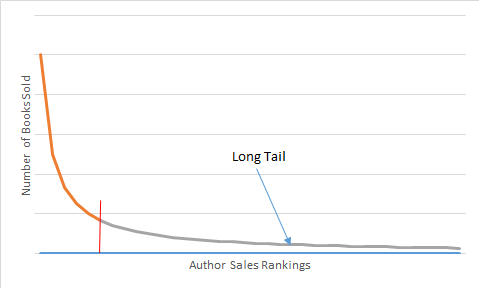
The curve I present here is approximate and intended for illustrative purposes only. Note the vertical red line. Believe it or not, the number of books sold to the left of that line equals the number of books to the right.
Out on the tail of that curve are many, many authors who sell very few books. Looks a little lonely out there, doesn’t it? Most of those authors would love to move left on the curve, ideally all the way left. Readers only have so much money to spend on books, though, and they’re more likely to read books by authors they know.
Very few of those “long tail authors” will move much further left from where they are now, and only a tiny fraction will make it near the vertical axis into the stratospheric heights of the best-seller lists.
That may sound depressing, but let’s squint and take a closer look at that long tail. Each author represents a single point on that curve, but book distributors look at the curve differently. These days, they see the near-infinite length of the long tail as a new profit opportunity.
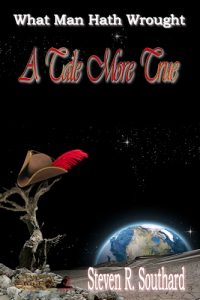 Distributors have realized we now live in the age of instant and easy searches for obscure information. With the ability to print books on demand, it doesn’t matter how few readers seek, for example, alternate history books about trips to the moon. What matters is that the book “A Tale More True” pops up in response to that search and a sale ensues.
Distributors have realized we now live in the age of instant and easy searches for obscure information. With the ability to print books on demand, it doesn’t matter how few readers seek, for example, alternate history books about trips to the moon. What matters is that the book “A Tale More True” pops up in response to that search and a sale ensues.
In Wikipedia’s article on the long tail, they quote an Amazon employee as saying, “We sold more books today that didn’t sell at all yesterday than we sold today of all the books that did sell yesterday.”
 You might have to read that again and let it sink in. I’ll wait.
You might have to read that again and let it sink in. I’ll wait.
In fact, now is the best time to be a long tail author. Let’s consider the set of those readers searching for steampunk books about planet-threatening comets. They easily find my book, “The Cometeers.” Among that admittedly small set of readers, I’m a best-selling author!
Here are a few more examples included for instructive purposes, and certainly not for crass self-promotion:
| Readers search for books about: | They find and buy: | |
| Alternate histories involving the Ottoman Empire | “To Be First” |  |
| Romance stories taking place in Ancient Greece | “Against All Gods” |  |
| Stories involving Leonardo da Vinci’s inventions | “Leonardo’s Lion” |  |
| Sequel to War of the Worlds | “After the Martians” | 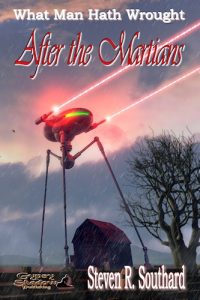 |
| Shakespearean clockpunk | “Time’s Deformèd Hand” | 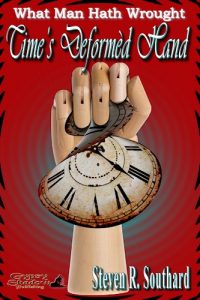 |
If you’re a long tail author, don’t despair. You have plenty of company; readers can find your books more readily than ever before; and book distributors now regard you as a profitable part of the book-selling enterprise. Happily wagging my tiny part of the long tail, you’ll find—
Poseidon’s Scribe

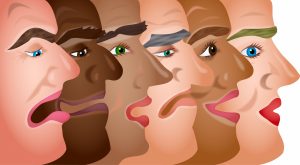
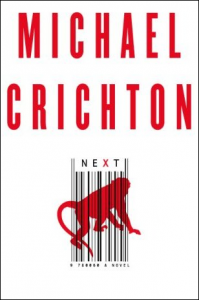
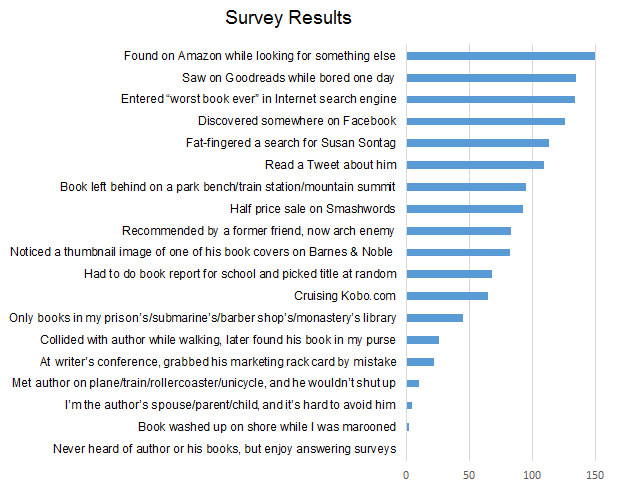

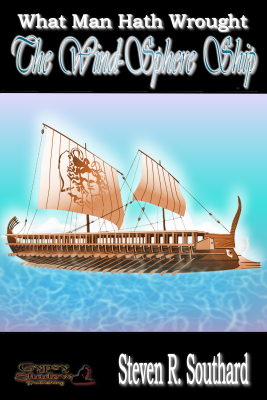
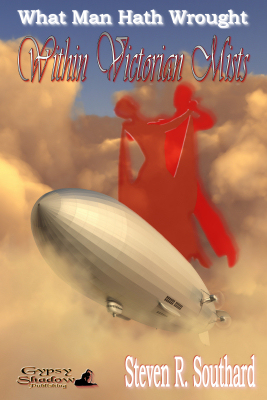
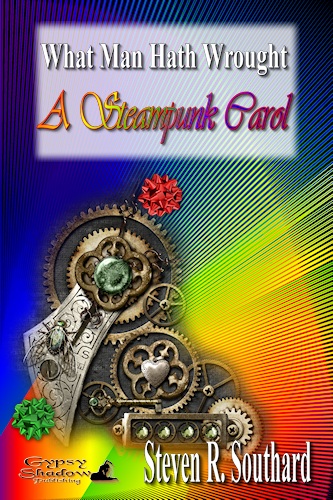
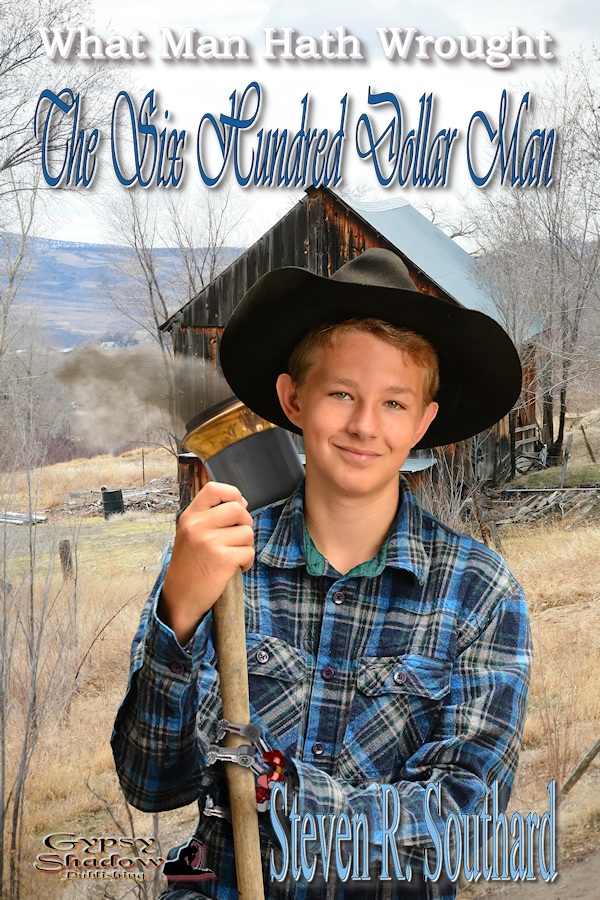
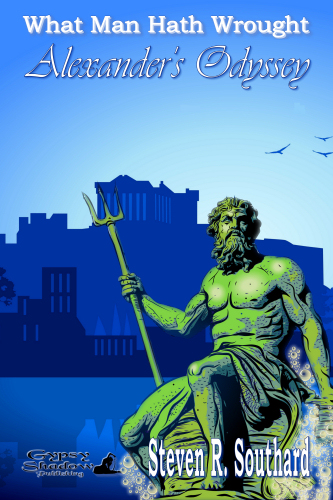
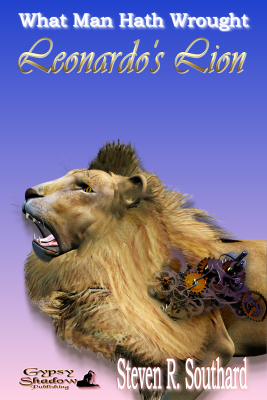
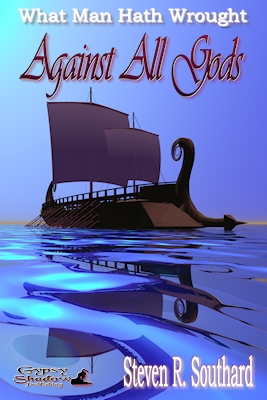
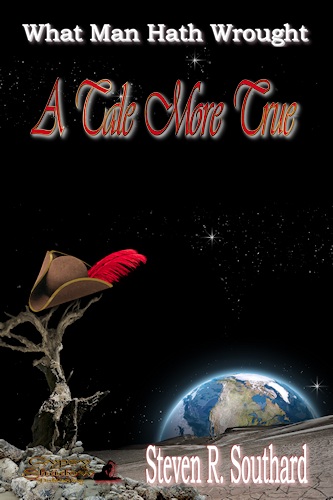
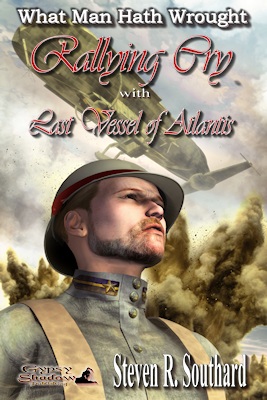
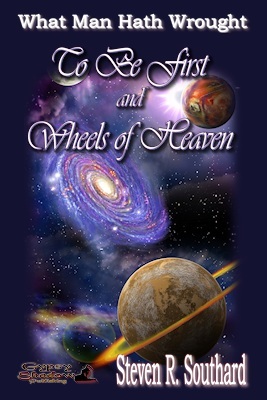
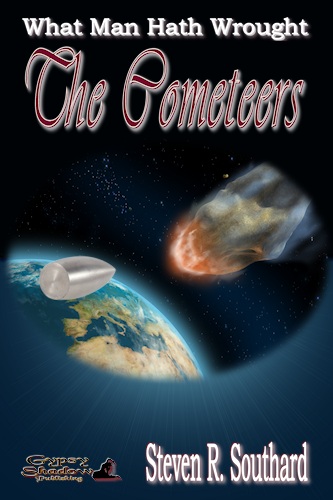
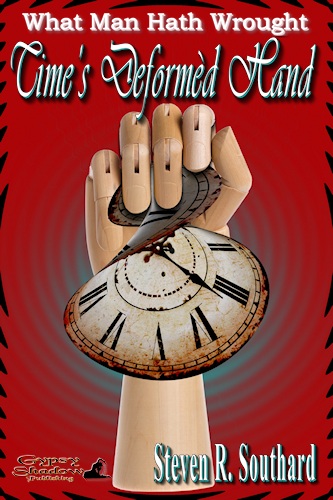
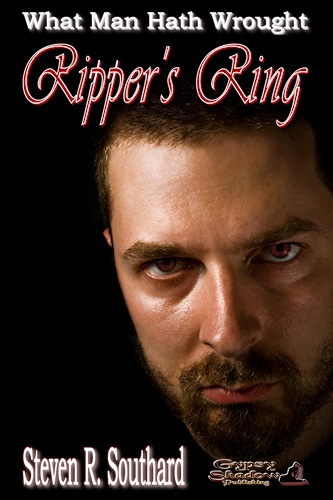
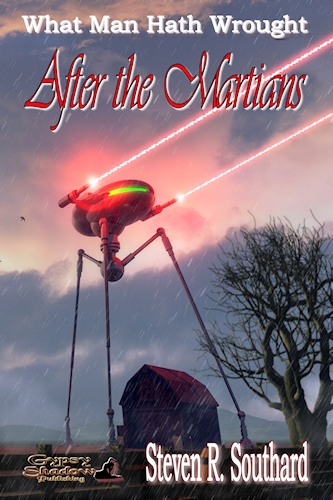
 Observations indicate the vast majority (greater than 99 percent) of adults within this species do not write fiction. The fiction-writing and non-fiction-writing fractions have not split off as separate species, and seem unlikely to do so. The distinction between the two is behavioral only, so we may define the fiction-writers as the FW Morph, and the others as the NFW Morph. Other sub-species terms such as breed, race, cultivar, ecotype, and strain are not as applicable as morph.
Observations indicate the vast majority (greater than 99 percent) of adults within this species do not write fiction. The fiction-writing and non-fiction-writing fractions have not split off as separate species, and seem unlikely to do so. The distinction between the two is behavioral only, so we may define the fiction-writers as the FW Morph, and the others as the NFW Morph. Other sub-species terms such as breed, race, cultivar, ecotype, and strain are not as applicable as morph.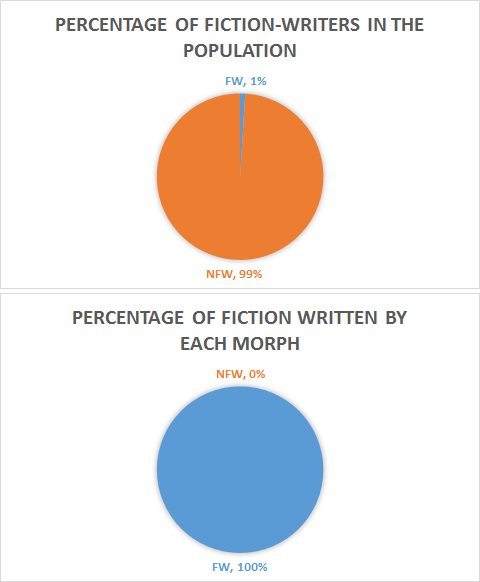 In an economic sense, it is fortunate that FWs are in the minority; otherwise they would have to pay NFWs to read their books, rather than the other way around.
In an economic sense, it is fortunate that FWs are in the minority; otherwise they would have to pay NFWs to read their books, rather than the other way around.